AI in Web Design = danger or opportunity?

AI has quietly become part of every designer’s toolkit. Not with a bang, but as a constant hum, assisting us to sketch faster, test more ideas, and even generate entire layouts with a click. The real shift is that designers are no longer chained to repetitive, mechanical tasks.They can focus on strategy, storytelling, and the emotional side of design: the part that makes websites feel alive, human, and memorable.
Think of AI as a powerful colleague: it can suggest grids, generate placeholder content, or analyze user behavior at lightning speed. But it can’t understand the cultural nuance of a brand, the subtlety of tone, or the spark of delight that makes someone smile when they scroll. True art, empathy, and intuition remain inherently human.
Why This Matters for Designers
In our studio, we see AI not as a threat, but as an ally. It doesn’t replace creativity, it amplifies it. By handling repetitive or time-consuming tasks, AI frees designers to explore ideas we might never have tried, iterate faster, and even challenge our own assumptions. Fighting AI is futile; embracing it is the only way forward. Those who leverage it wisely gain more time to focus on human-centered design, meaningfully interpreting client stories and translating them into engaging digital experiences.
The New Role of Web Designers
AI is nudging web designers to evolve from “screen makers” to “curators of experiences.” The question is no longer about pixel-perfect placement or color codes, it’s about shaping how users feel, guiding attention, and creating meaningful interactions. AI handles the heavy lifting, but designers remain the ones deciding what truly matters, what sparks joy, and what resonates.
The Irreplaceable Human Touch
Despite AI’s growing capabilities, there are things it cannot do. It cannot invent culture, feel emotion, or design for humans with true empathy. Sometimes, the difference between a good website and an unforgettable experience comes down to a human making a decision for another human—something no algorithm can replicate.
The Flip Side: Challenges and Cautions
Of course, embracing AI isn’t without its challenges. Over-reliance can lead to homogenized designs, loss of brand uniqueness, or creative shortcuts that feel soulless. It’s easy to lean on AI-generated solutions and forget the human context, subtle storytelling, and nuanced decisions that make design truly resonate. Designers must stay vigilant, using AI as a tool rather than a crutch, ensuring that technology supports their creativity rather than dilutes it.
Why Embracing AI is Essential
AI in web design is no passing trend; it’s a permanent shift. Its potential to speed up workflows, generate insights, and expand creative possibilities is immense. For designers, the key is to harness AI intelligently, using it to amplify creativity rather than replace it. Those who resist it risk falling behind, while those who embrace it can redefine the very craft of design.
In the end, AI is like a tireless teammate with no taste, no intuition, and no humor. Designers still hold the responsibility and the privilege of weaving together technology and humanity. And that is exactly where the magic of design will always live.






